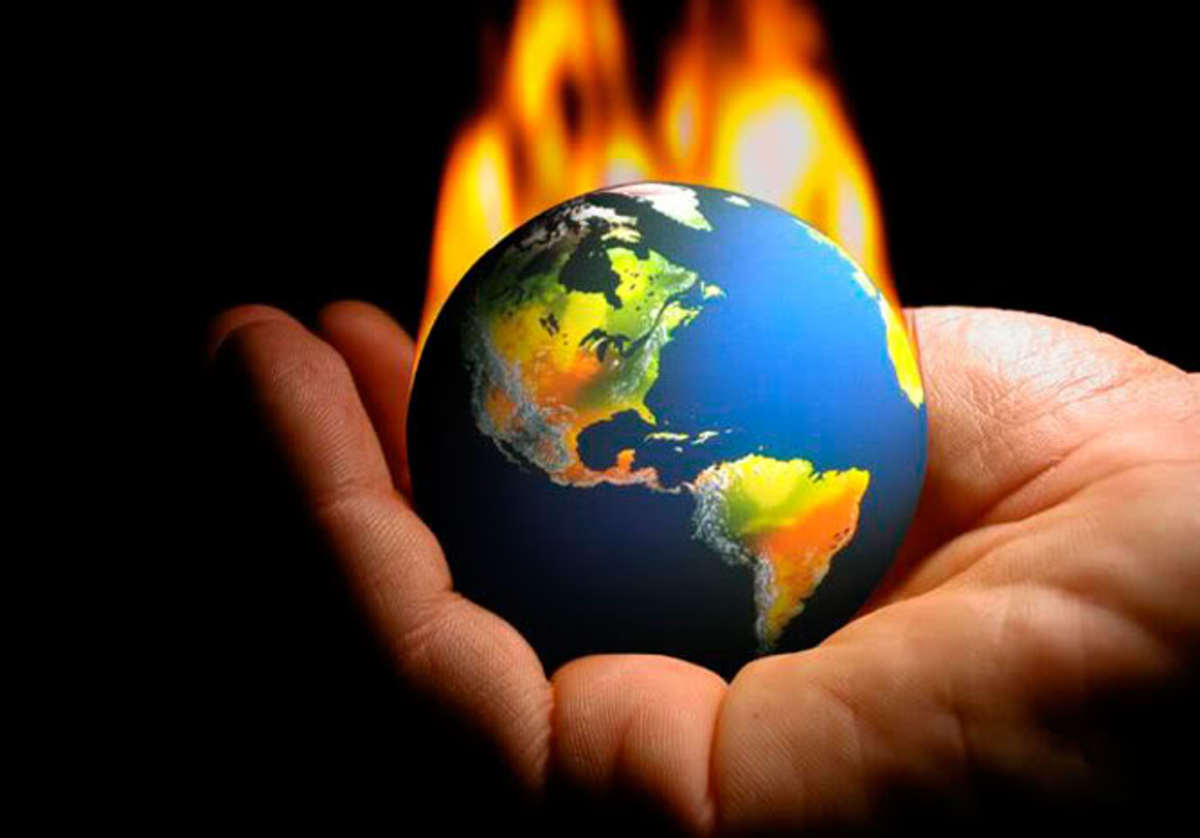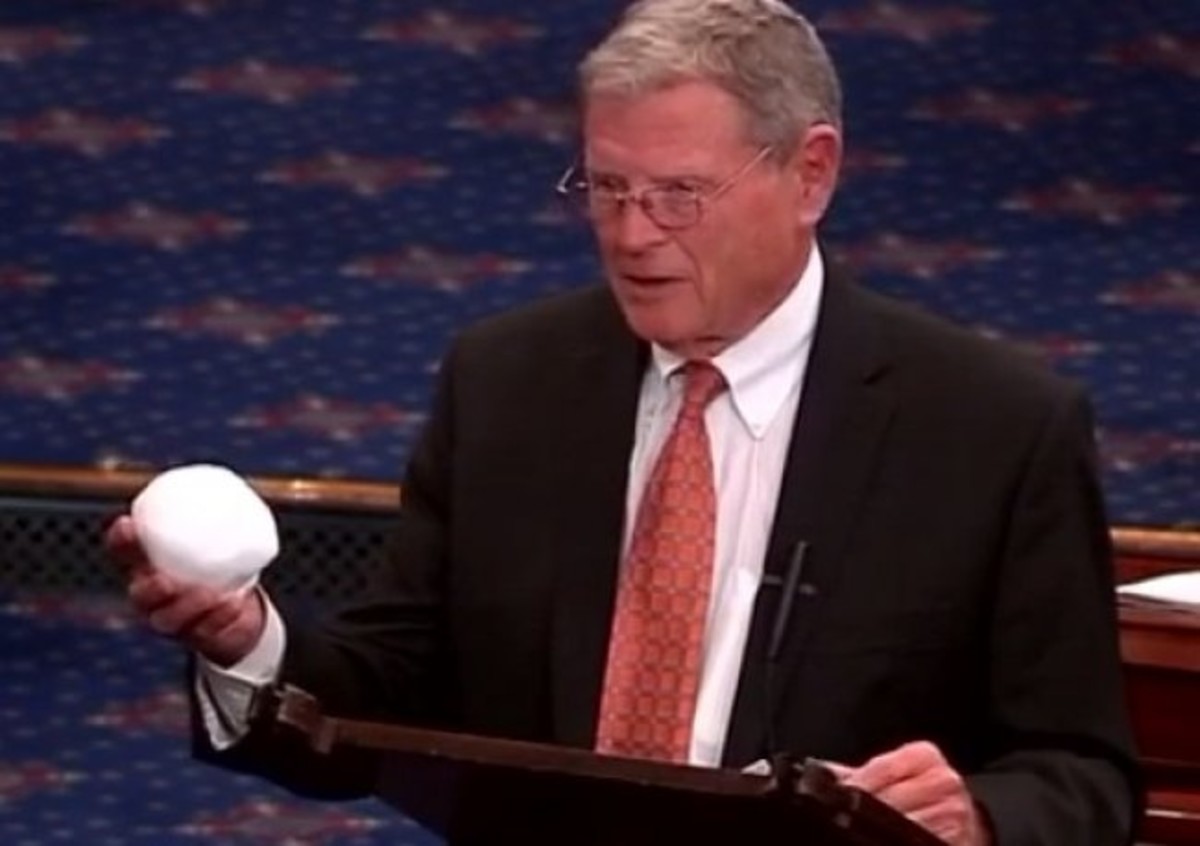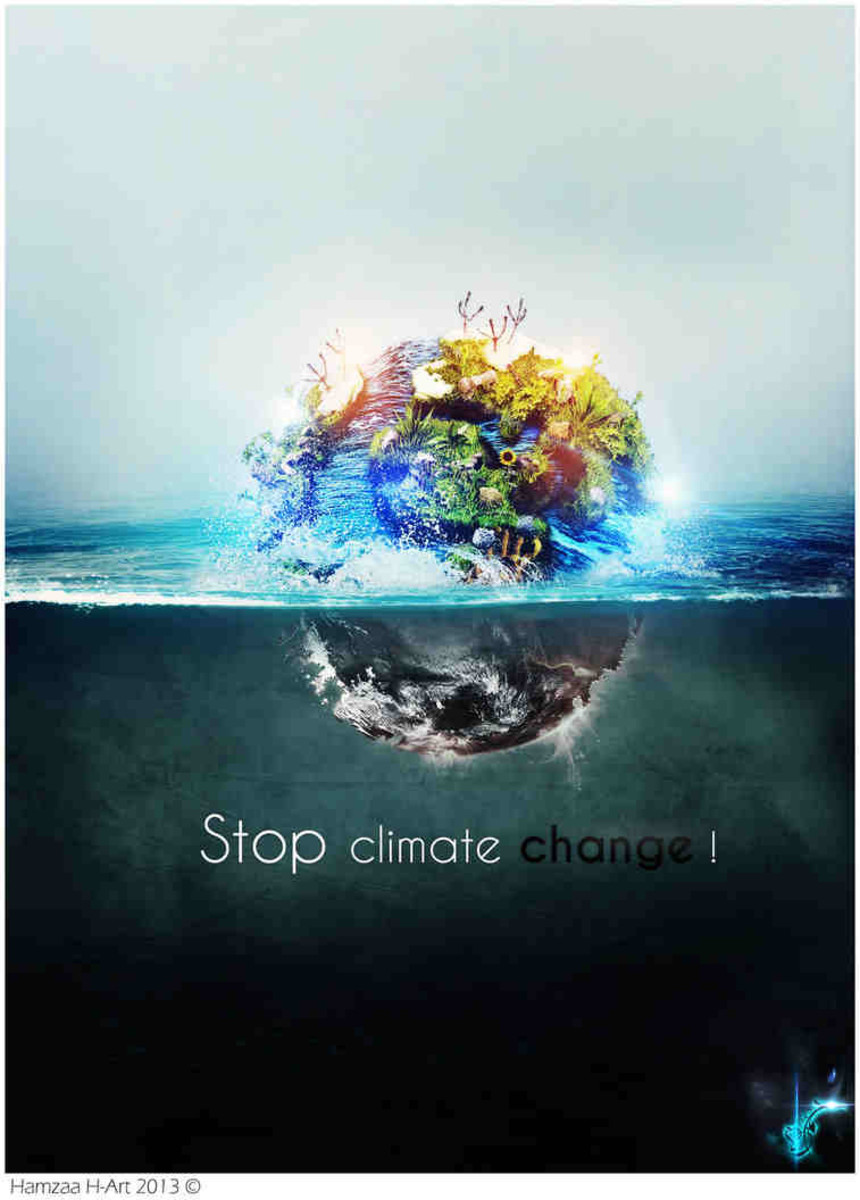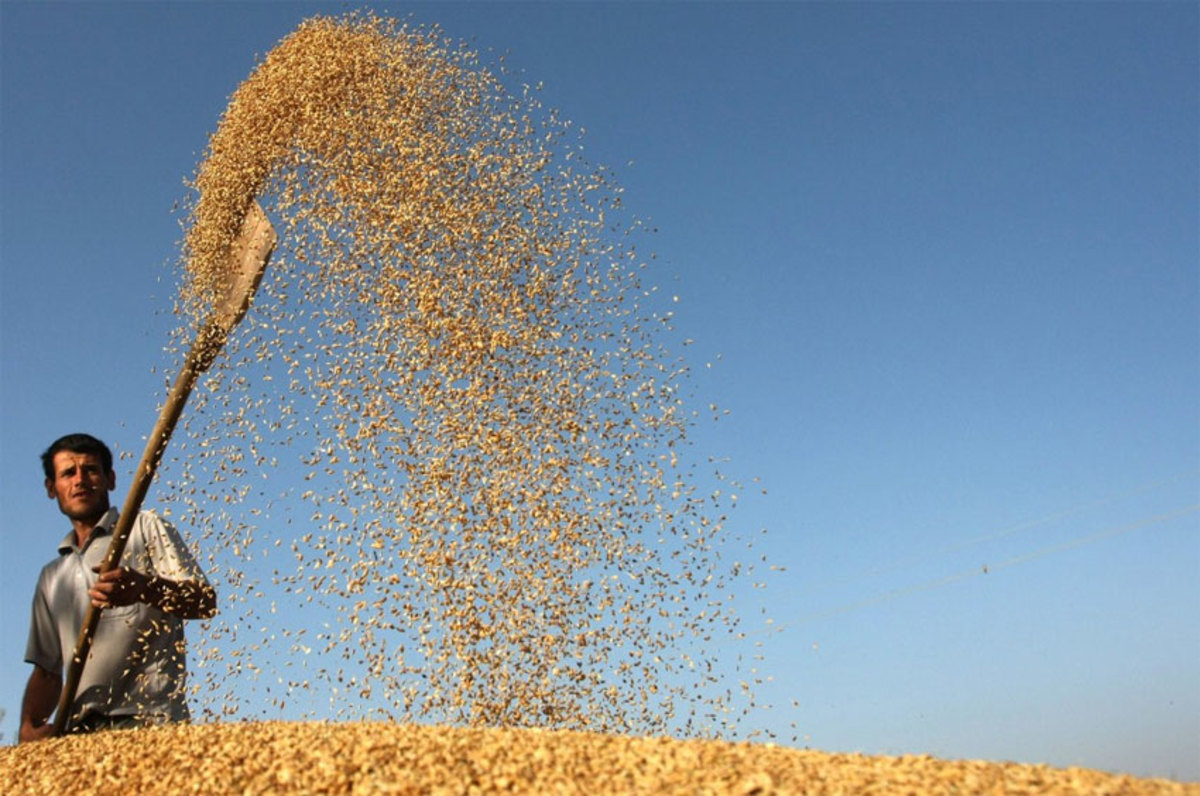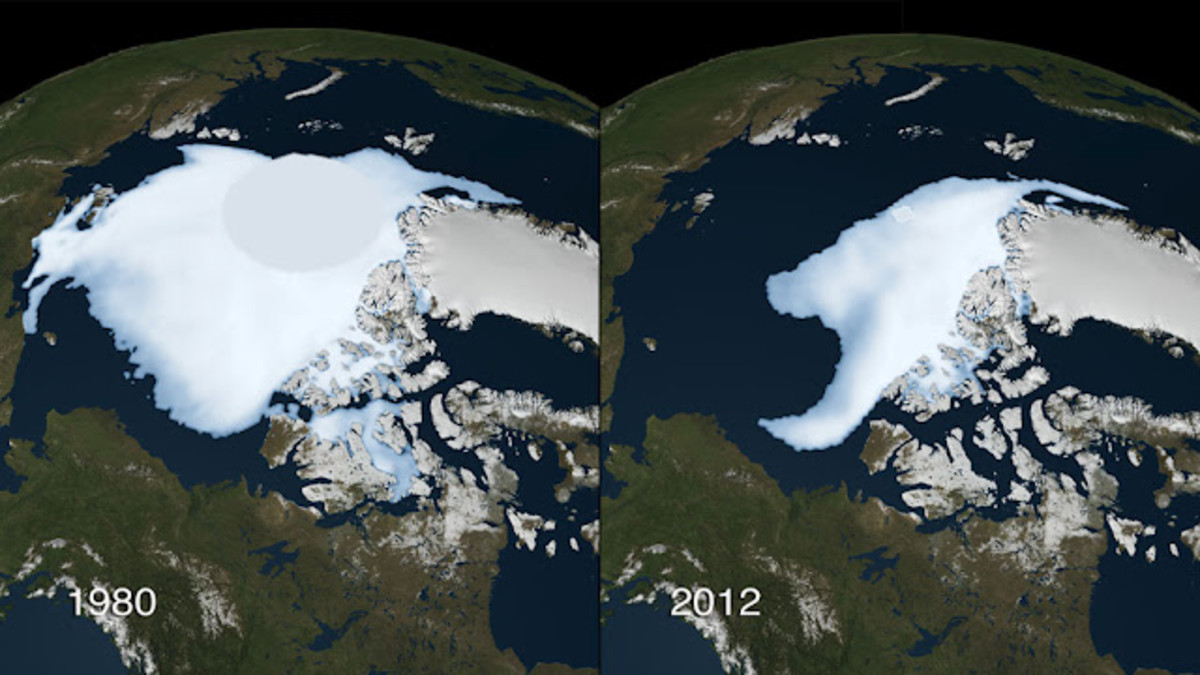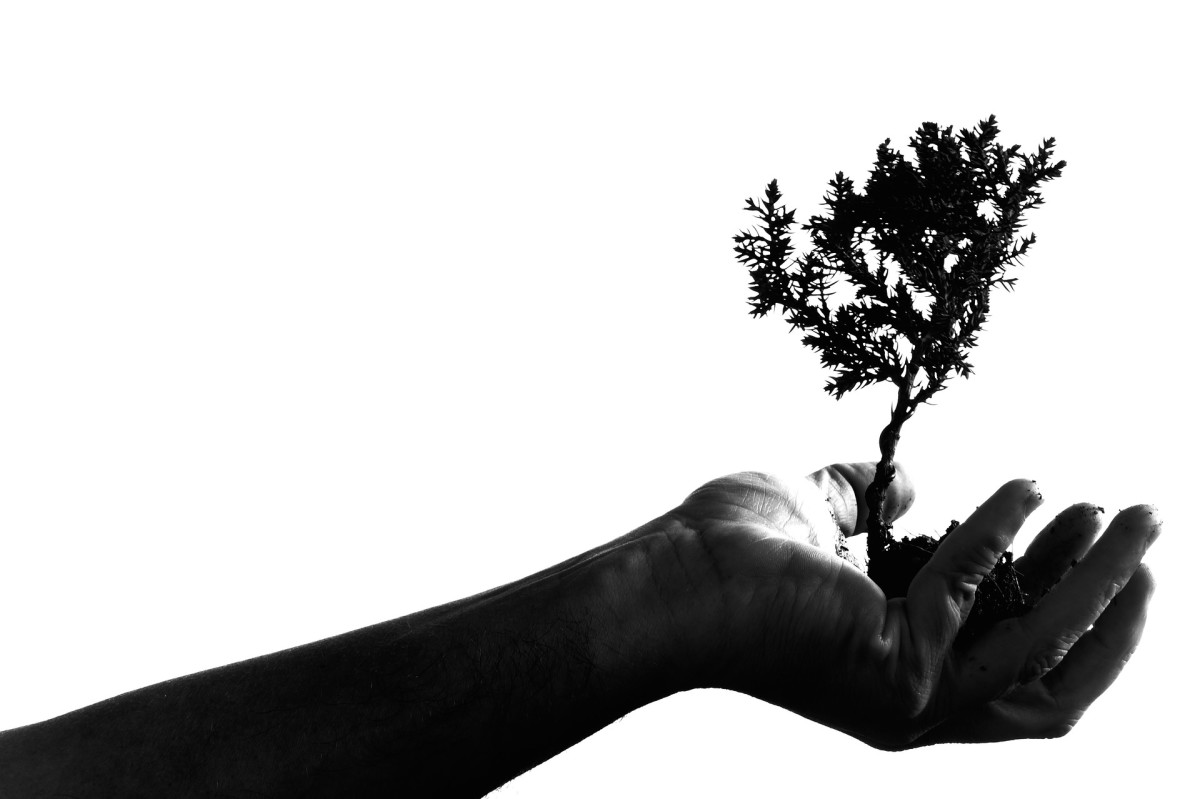The World's First Climate Refugees
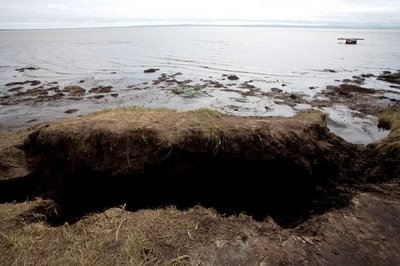
Our world is starting to fray around the edges literally. One of the first places to begin to unravel is the land and permafrost under a small village named Newtok on the Alaskan coast (pop. 320).
Newtok, Alaska is literally sinking into the ocean. The indigenous people there will eventually have to be relocated because Newtok will return to the ocean on
For years, the men of Newtok have gathered in the qasgiq, the house built of sods dug deep into the tundra and reserved only for the men. This is where the young men would learn of the history of their people; of traditional hunting and fishing methods; survival skills; and, most importantly, bond with the other males of the community. This is also where they shared their observations of the environment around them and realized that change was on the way. None of them thought the change would be good.
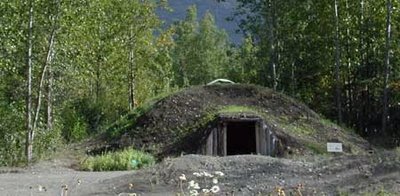
When the elders of today were young boys, the snow outside lay thick on the ground and the sea was a single block of ice as far as the eye could see. The elders back then warned of a great reversal – a time when seasons would change and the coast of the Bering Sea would never see winter again.
This prediction came from observation of the land, the birds, the animals, the sea, and many other subtle clues for months and years. The elders today are equally observant and they say the change has arrived.
They point to things like snow which used to lie thick on ground until well into June now disappears as early as April. This brings the geese from the south months before they are due. In the old days, the villagers used to take the dog teams out in January or February across the pack ice to fish for sticklebacks. The ice used to be 6’ thick or more. Now it’s a good year if it’s 4’ thick. In the elders’ youth, land could be seen stretching far into the distance from the village. Now the water is literally lapping at the village edge.
Newtok has 60 houses and communal buildings, all of which are sinking and tilting at odd angles -- most are tipping downwards at a southern pitch. The boardwalk that connects the homes is sinking and bending in great snake-like curves. It moves slightly when you walk on it.
But how can global warming cause land to fray? Global warming is causing the permafrost underneath the tundra to melt and this is the problem.
Newtok has been described as the Ground Zero of global warming. NASA admits that Alaska has suffered temperature rises approximately double that of any other place on earth in the last 50 years. It has been estimated that Alaska is 4F higher on average; but, can reach 10F higher in winter.
What causes this phenomenon? It’s called positive feedback. Ice and snow have a brilliantly reflective surface which normally would reflect most of the radiation from the sun back into space. However, due to global warming, the ice has started to melt and the exposed land absorbs the radiation, which causes further warming and melting. This starts the melting of the frozen segment of the tundra which forms the permafrost. Scientists feel it could be thinning by as much as or more than an inch a year.
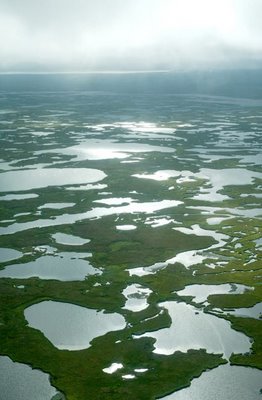
There are 90,000 Alaskans, mostly Eskimos or Inuit, that make their homes on top of the permafrost. Their few roads are now cracking and caving in making travel difficult if not impossible in some areas. Alaska has 213 Native villages of which 184 are severely affected by erosion and flooding with six being classed as needing immediate help. Newtok is at the top of the list.
While they wait for help the villagers have tried to bolster up their village until they have somewhere else to go; but, they are running out of options. The piles (stilts) that the houses are built on used to be driven 8’ down into the permafrost for stability. Now they are being driven down 12’ and that still isn’t enough. As the permafrost melts, the houses shift and tilt to the south. The reason they tilt to the south is that the southern sunshine causes a disproportionate melting of the permafrost.
The ocean’s relentless advance is the greatest threat to this outcropping of civilization. It is the permafrost that has kept the tundra safe from the ocean’s advance for all the decades. Without the permafrost to act as a barrier between the land and the sea, the water undercuts the topsoil until it topples over in enormous clumps like the one in the picture at the beginning of the first article. Then the topsoil is sucked into the ocean and vanishes causing the water to advance on the village at an astonishing 90’ a year. It has already taken the barge landing where the villagers used to moor their boats. It is estimated that it will be only two years or so until the first houses are claimed by the ocean.
The new site of the village will be on Nelson Island about nine miles to the south of their present location. The villagers have built three houses themselves so far, with the help of government grants; on land that is high enough up the hillside to be safe from the dangers of climate change. These first three houses are being given to the elders – the villager’s advisors, their most precious resources.
The new village will be called Mertarvik, meaning “getting water from a spring”, after the abundance of drinking water to be found on the island. The natural abundance the villagers depend on to survive is evident everywhere on the island. Wild musk ox inhabit the island and the waters are teeming with whitefish, herring and halibut. The island is covered with berry bushes of great variety: nagoonberries, cranberries, crowberries, blue-, black-, and red-berries.
It was originally estimated that the villagers of Newtok can be tranferred to their new village of Mertarvik by 2012; but, due to red tape, failed promises and other bureauocratic mumbo-jumbo, the move may be delayed.
Hands up if this surprises you.

